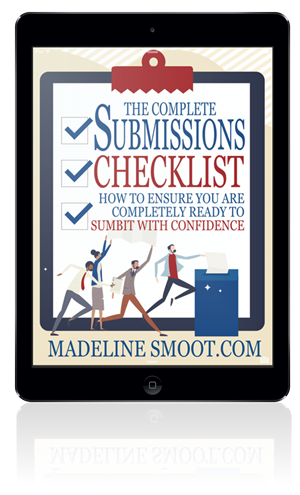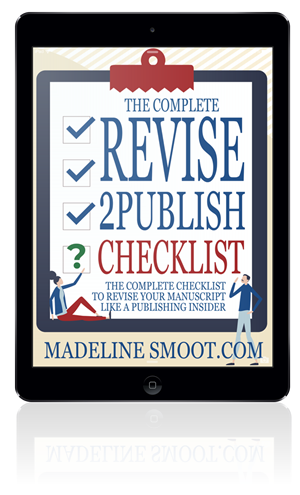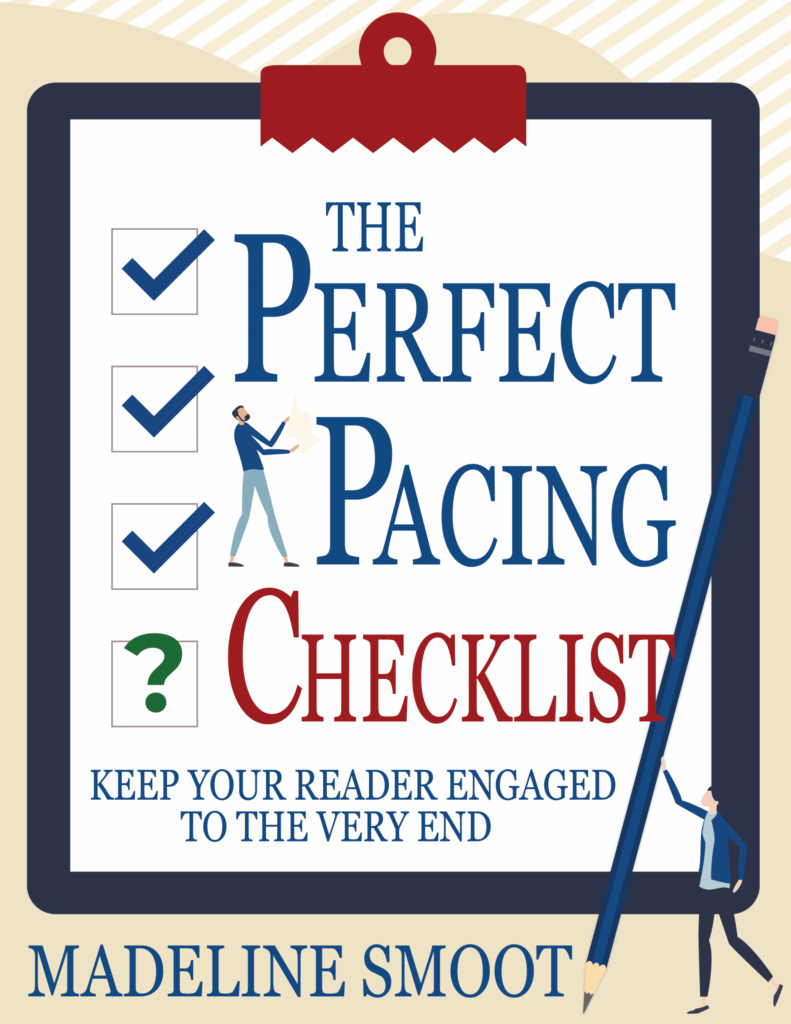Editors are amazing. (Yes, I may be biased, seeing that I am one.) But editors have their limits.
A good editor—whether they’re a freelance editor your hire or one that works for your publisher—is there to help you make your book the best that it can be. But they aren’t there to rewrite it for you.
This means that an editor tells you WHAT is wrong with your manuscript, but they don’t really tell you HOW to fix it…
Sure, your editor will make suggestions. They might even give examples of what they mean. But in the end, the revision is up to you.
You. All you.
And that can be an overwhelming, even daunting task.
There are all sorts of ways to revise: go from the big issues to the small, using index cards or sticky notes, or even to wing it.
Personally, I like to make a plan. It looks a little something like this:
- Goals
- List of areas to change based on editorial feedback
- Summaries of new/rewritten scenes I’ll be doing
Really, it comes down to chunking my revision. Like most things in my life, I like to reduce giant, overwhelming tasks (revising) down into doable bits (summaries). I find the small to be manageable, turning the revision from a task to avoid to a task where I can succeed.
And who doesn’t love a new, better book that’s even more of a pleasure to read?






